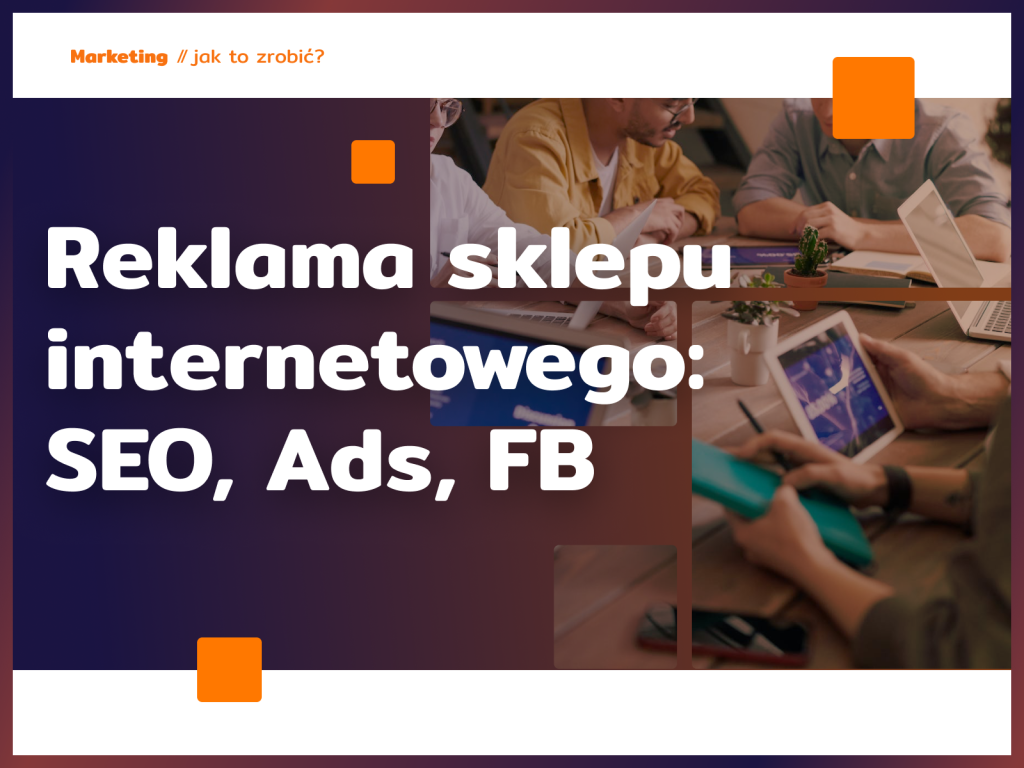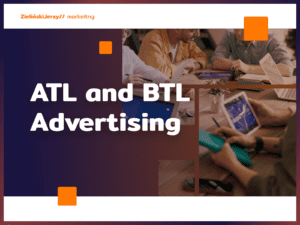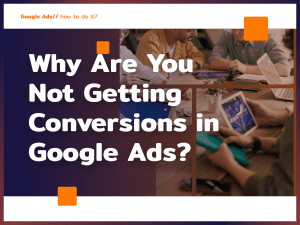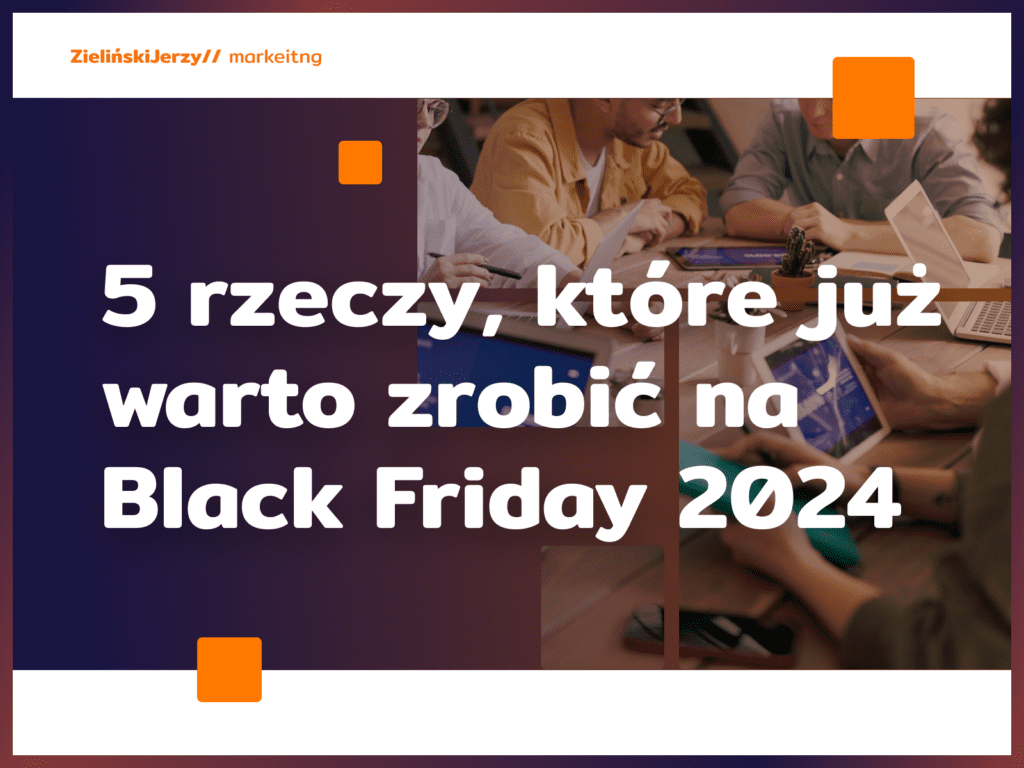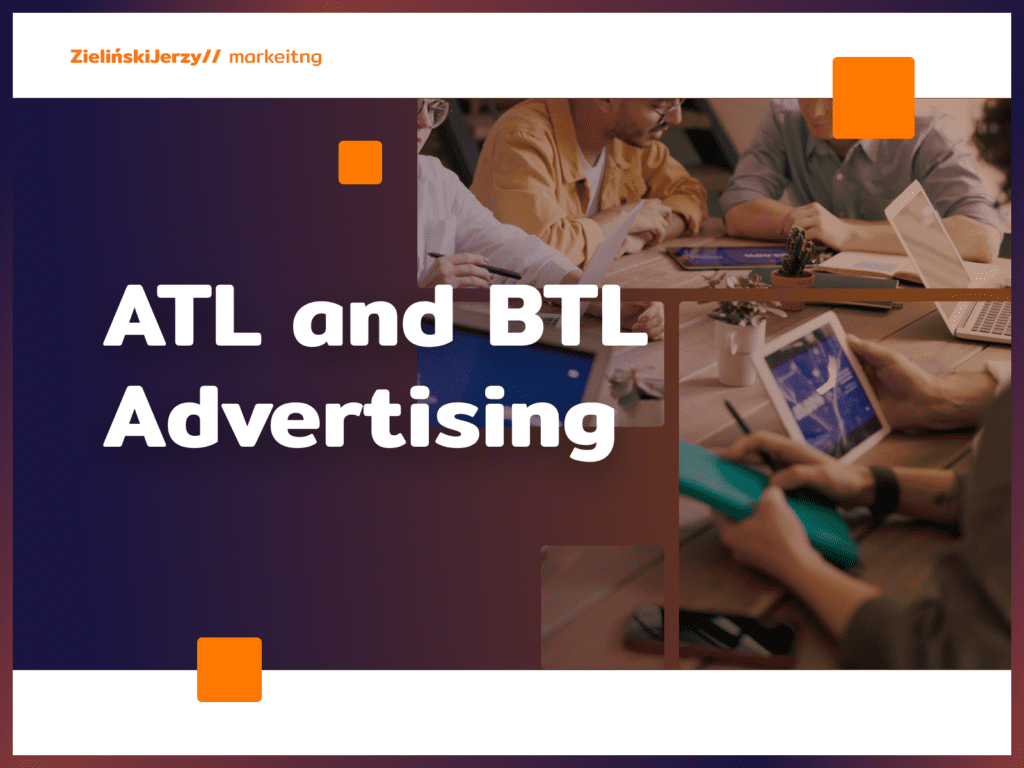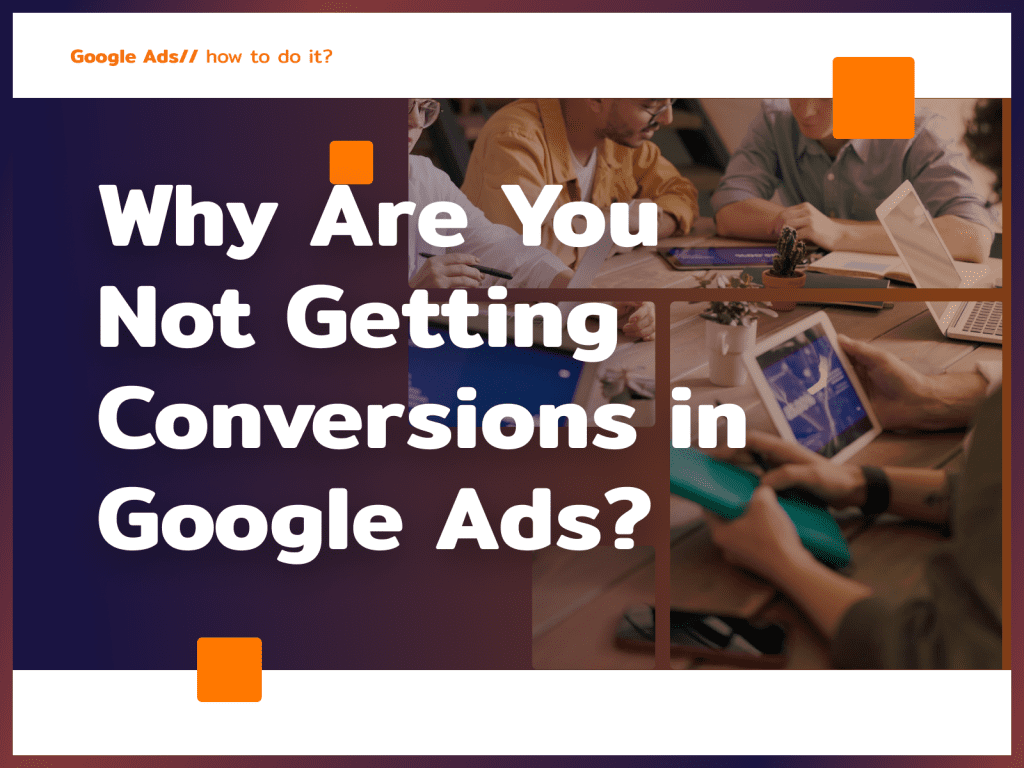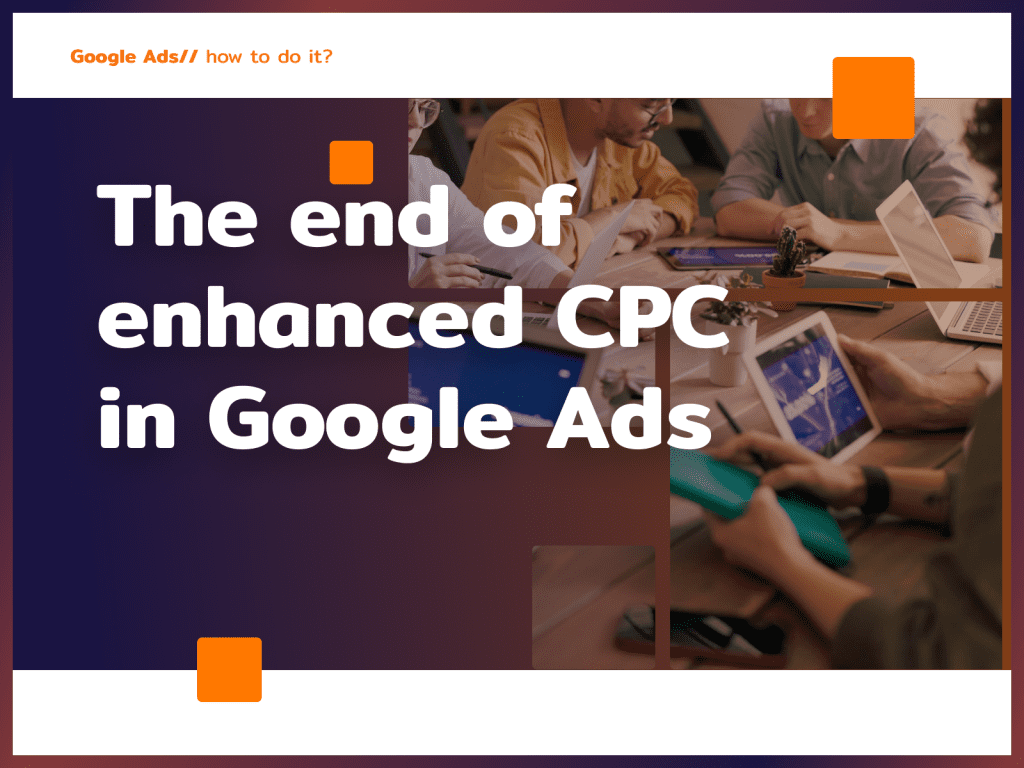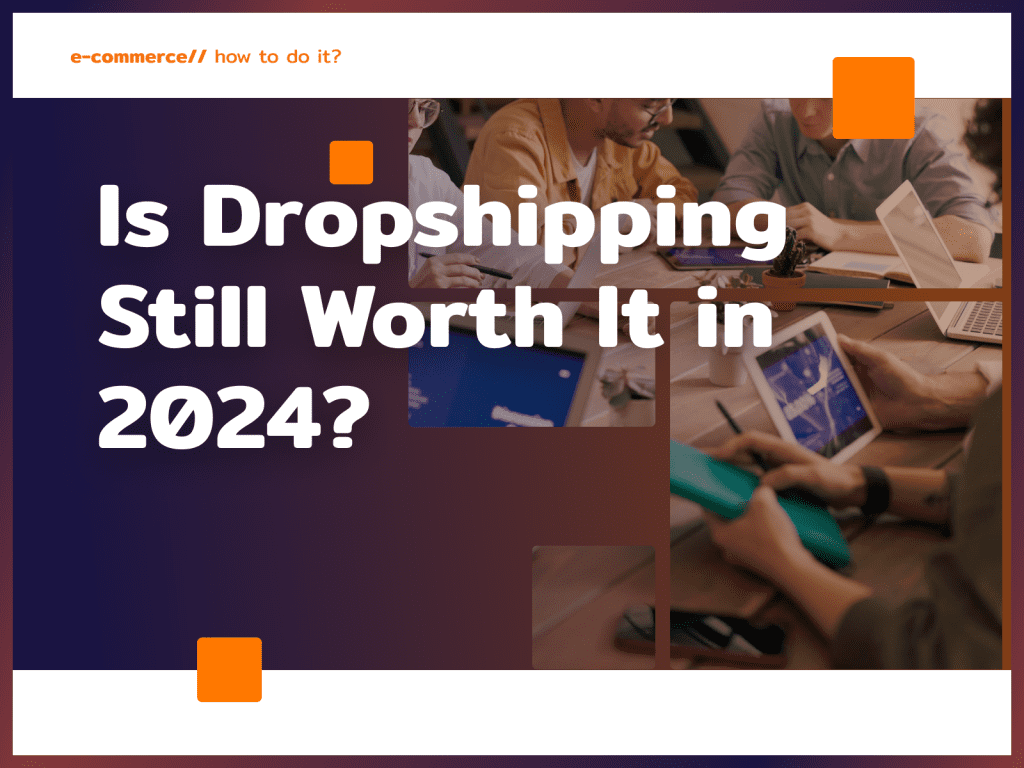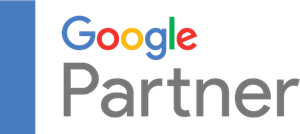Many of the clients I work with run online stores. The same question usually comes up at the beginning: which is more profitable: SEO, Google Ads or Facebook Ads? The answer, as usual in marketing, is: it depends. Advertising an online store, to be maximally effective, should first of all be tailored to your product range, so today I have described with examples how to create an effective marketing strategy.
Would you like me to individually audit your store and plan a campaign? Call or write – I’ll help you increase your advertising ROI and reduce your acquisition cost.
Ready to grow?
Advertising an online store – positioning or Google Ads?
Of course, this is not a zero-one issue. The basic choice: Google advertising or SEO depends primarily on the product range. I will explain it using two online stores as an example.
Store 1.
The store has been selling equipment for workshops and warehouses for several years. The mainstay of the assortment throughout the year are storage containers, aluminum suitcases and tool boxes. The owner does not intend to make any major changes to the offer in the near future. There are large stocks of products in stock, and demand is similar throughout the year.
For Store 1, I strongly recommend SEO, as it will provide a greater return on investment in the long run. If you rely on the same assortment throughout the year and don’t observe a clear seasonality in demand for more products, it’s worth spending time and money to develop higher positions, as this will pay off in the future. One of the disadvantages of SEO is that the results do not appear immediately – you usually have to wait several months for them. However, if you’ve been selling virtually the same products for years, it pays to develop more visibility for related phrases, because you’ll increase organic traffic from the search engine.
Store 2.
The store’s offerings are wide-ranging: all sorts of accessories for children and parents are available. Products are plentiful, the range includes bottles for newborns, educational mats, dolls, cuddly toys, rides, bikes, books, feeding pillows, etc. Demand for a large part of the products fluctuates seasonally, e.g. scooters sell best in spring, sunglasses sell best in summer, and dollhouses sell best in winter as Christmas gifts.
In Store 2, Google Ads campaigns will be more profitable, because the effects appear faster and we have the ability to dynamically adjust to the market situation. PPC ads, unlike SEO, increase sales very quickly – they allow you to display high in search results without time-consuming optimization of the entire site for SEO, link building, etc. Google Ads allows for efficient optimization when demand changes: we can decrease and increase budgets to promote those products that are most in demand at any given time.
The most popular online store ads are primarily PLA campaigns (product campaigns). I recommend investing in them, because they make it as easy as possible for the user to make a purchase. They display at the top of the search results, and the potential customer immediately gets all the most important information: photo, product price and delivery. When the season for specific products passes, you don’t necessarily have to pause your campaign for them: in PLAs you pay per click, so if there is no interest (no impressions or clicks), Google will not charge your card.

How about SEO and Google Ads?
Of course, if your budget allows, it is worth combining SEO and Google Ads, because you gain two sales channels. The effects will be even better if the Store 1. in addition, we will implement Google Ads campaigns, and in the Store 2. we will optimize the site for SEO.
However, many store owners do not want to invest in two marketing channels – in which case I suggest the more profitable one. I take into consideration here KPIS . The first is COS (Cost of Sale, or cost of sales), which is advertising expenses divided by revenue and multiplied times 100%. It will also work well TACOS , which I recently wrote about.
When to modify the marketing plan?
The strategy should ensure the highest possible return on investment and the lowest possible cost of sales acquisition. Of course, the market and company situation changes, so the plan is worth reviewing and modifying over time. Here, too, I will use an example.
Store 3.
The store has a wide range of products, so it pays for the owner to invest in Google Ads. He noticed that imported cameras from abroad were selling very well, so he decided to order them in larger quantities. The owner plans to keep them on offer for a long time.
In such a situation, it is best not to give up on Google Ads, but at the same time invest in SEO. The large inventory of the product, the planned long sales period and the low seasonality make it worthwhile to develop higher positions for phrases related to these cameras.
And when does it pay to invest in Facebook Ads?
I left out Facebook Ads because most advertisers treat them more as an adjunct than a main marketing channel. However, this does not mean that FB Ads do not pay off! The choice of SEO, Facebook Ads vs Google Ads again depends primarily on the product mix. The main difference is that in SEO and Google Ads we focus on keywords, while in Facebook Ads we target ads by demographics and interests.
The rule is simple: if you want to inspire a customer and build in them a need for your product – Facebook Ads. If you want to target users who are already looking for products available in your offer and encourage them to buy from you – then SEO and/or Google Ads.
Facebook Ads work well, for example, if you are introducing a new product and want to familiarize potential customers with it. Such ads also pay off for products that we often buy, but do not necessarily look for a specific model , e.g., dresses, shoes, toys, etc. In a baby accessories store, for example, we can target ads at women aged 28-40 who are mothers – they may not be looking for any particular product at the moment, but they are part of the target group.

We scroll Facebook at our leisure, so ads for products that are “pleasant to buy” work well here. Targeting ads, for example, to women who were looking for spring dresses is very often effective, because rarely does any customer care about a particular pattern, color, cut, etc. Most women are simply looking for a dress they like, and an aesthetically pleasing ad often garners a lot of clicks, likes and shares, so your brand’s reach grows. In the garment industry, you can also bet on SEO , for example, by positioning yourself for phrases related to dresses. However, if you have several hundred models on your site, it is unlikely that a customer will look through them all, so a logical category tree is useful.
Facebook Ads usually work well as a first-round campaign when launching a new product or building brand recognition. However, when it comes to specific products that the customer is unlikely to buy spontaneously (such as the above-mentioned workshop equipment), it is more profitable to advertise them through SEO and Google Ads. Facebook can be used here supportively for remarketing. If a customer has been looking at a product but hasn’t yet decided to buy, it’s worth reminding them to convert right with you.
What if you sell services?
If you offer a consistent range of services throughout the year – it will pay to invest in SEO. I would bet on Google Ads, on the other hand, if quick results are what matters to you most. Ads also have the advantage of targeting a large number of keywords, which in SEO does not always pay off and is very time-consuming.
Do you have a problem with ads on your online store? Not sure whether to bet on SEO, Google, or Facebook Ads? Contact me – I will create a personalized marketing plan for you and see what you can do better.
